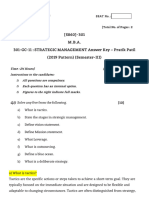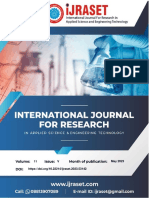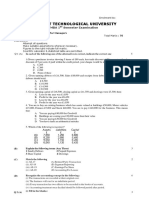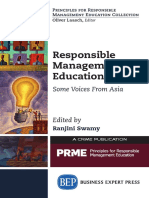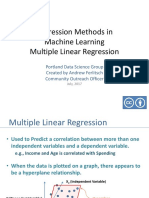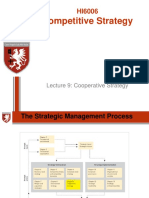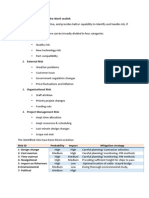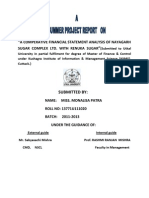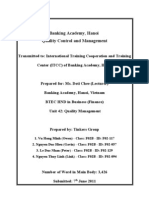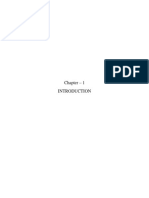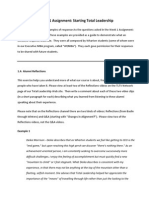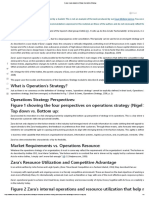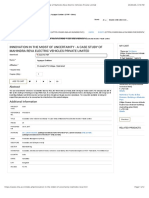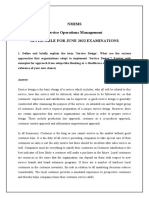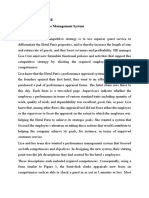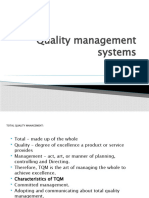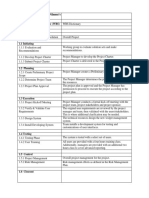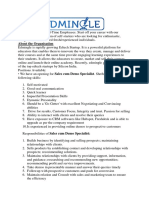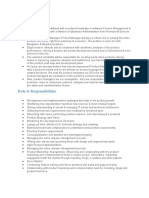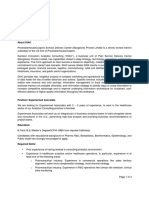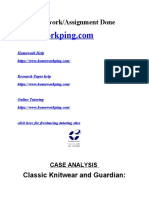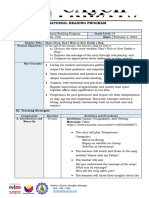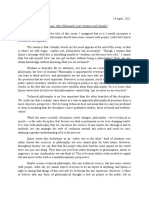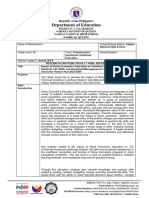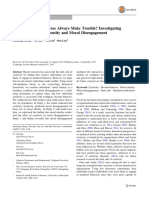0% found this document useful (0 votes)
277 views10 pagesOB Reading Notes
This document covers various topics in organizational behavior including fundamentals of OB, values and attitudes, perception, emotion, personality, motivation, heuristics and biases, ethical decision making, interpersonal issues at work, transactional analysis, FIRO-B, and managing interpersonal conflict. Specific sections discuss managing oneself, the manager's job, neuroscience of trust, understanding another person's frame of reference, expressing and suppressing emotion in interactions, analyzing personality to lead groups, intrinsic motivation, heuristics, ethical challenges, building work relationships, and managing conflict.
Uploaded by
compangelCopyright
© © All Rights Reserved
We take content rights seriously. If you suspect this is your content, claim it here.
Available Formats
Download as DOCX, PDF, TXT or read online on Scribd
0% found this document useful (0 votes)
277 views10 pagesOB Reading Notes
This document covers various topics in organizational behavior including fundamentals of OB, values and attitudes, perception, emotion, personality, motivation, heuristics and biases, ethical decision making, interpersonal issues at work, transactional analysis, FIRO-B, and managing interpersonal conflict. Specific sections discuss managing oneself, the manager's job, neuroscience of trust, understanding another person's frame of reference, expressing and suppressing emotion in interactions, analyzing personality to lead groups, intrinsic motivation, heuristics, ethical challenges, building work relationships, and managing conflict.
Uploaded by
compangelCopyright
© © All Rights Reserved
We take content rights seriously. If you suspect this is your content, claim it here.
Available Formats
Download as DOCX, PDF, TXT or read online on Scribd
/ 10



